🔥 Kansas City Dry Rub: The Secret Sauce to Flavorful BBQ (Without the Sauce)
When it comes to barbecue, most people think of thick, tangy sauces slathered over ribs or brisket. But what if we told you that the real magic happens before the sauce is ever applied? Enter: the legendary Kansas City dry rub. This blend isn’t just a seasoning — it’s a flavor-packed promise of smoky, savory perfection.
📖 Table of Contents
- What Exactly Is a Kansas City Dry Rub?
- Why It Works So Damn Well
- The Essential Ingredients You Can't Skip
- How to Use It Like a Pro Pitmaster
- Top 5 Dry Rub Variations to Try at Home
- Common Mistakes That Ruin Your Rub Game
- Pairing Your Rub with Meats & Sides
- Pro Tips for Storing & Customizing
🧐 What Exactly Is a Kansas City Dry Rub?
In the world of American barbecue, Kansas City is known for its obsession with flavor. Unlike Texas, which prefers minimal intervention, or Carolina, where vinegar and mustard reign supreme, Kansas City goes all-in on layers of taste — starting with the dry rub.
A traditional Kansas City dry rub is a coarse blend of spices designed to adhere to meat, forming a crust (known as a “bark”) during slow cooking. This bark isn’t just texture — it’s packed with deep, caramelized flavor that stands up to hours in the smoker.
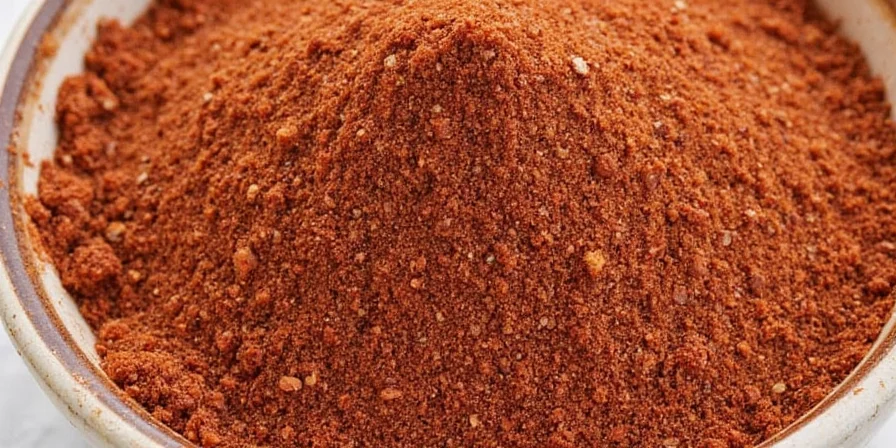
🧠 Why It Works So Damn Well
Dry rubs are essentially the first line of defense against blandness in barbecue. Here's the science-y breakdown:
- Salt draws out moisture, allowing flavors to penetrate deeper into the meat.
- Sugar (yes, even brown sugar counts) helps with Maillard reactions — that golden-brown color and nutty aroma everyone loves.
- Paprika adds depth without heat, making it perfect for balancing stronger spices.
- Black pepper & chili powder provide subtle spice and warmth that builds with every bite.
The result? A symphony of flavor that doesn’t rely on sauce to shine — though let’s be honest, nobody says no to a little extra glaze on top.
🥄 The Essential Ingredients You Can't Skip
| Spice | Purpose | Flavor Profile |
|---|---|---|
| Salt | Binder & moisture regulator | Savory, sharp |
| Brown Sugar | Crust formation & sweetness | Caramel-like, rich |
| Paprika | Color & subtle earthiness | Mild, slightly fruity |
| Garlic Powder | Umami layering | Pungent, savory |
| Onion Powder | Vegetal background note | Sharp, sweet when cooked |
| Black Pepper | Heat & complexity | Peppery, floral |
| Chili Powder | Smoky-spicy kick | Earthy, spicy |
🛠 How to Use It Like a Pro Pitmaster
- Apply early: For best results, rub your meat at least 1 hour before cooking — or better yet, let it rest overnight in the fridge.
- Rub it in: Don’t be gentle! Massage the rub into all sides so it really sticks.
- Let it breathe: After applying, let the meat sit uncovered for 30 minutes before smoking to help form that magical bark.
- Layer it: Add more rub after cooking if desired, especially for presentation and bold flavor bursts.
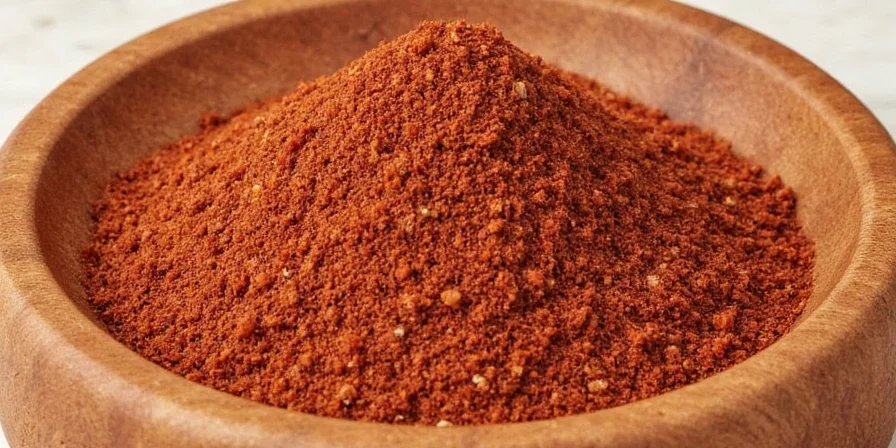
🌶 Top 5 Dry Rub Variations to Try at Home
- Texas Heat: Double the black pepper, add cayenne for burn.
- Carolina Kick: Swap paprika for smoked paprika and add apple cider powder.
- Hawaiian Hug: Substitute some brown sugar with coconut sugar, add ginger powder and a touch of turmeric.
- Asian Twist: Replace chili powder with gochugaru or Chinese five-spice.
- BBQ All-In-One: Add a splash of coffee granules or cocoa powder for a bittersweet depth.
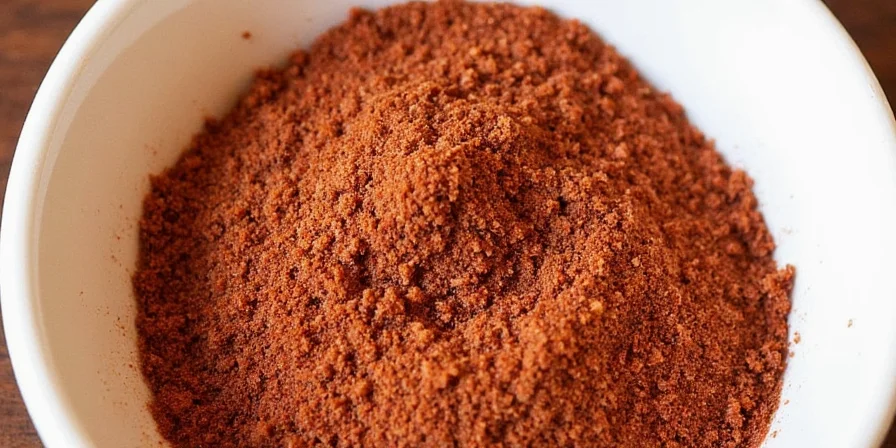
❌ Common Mistakes That Ruin Your Rub Game
- Too much salt: Over-salting can draw out too much moisture and leave your meat dry.
- Not enough time: Rushing the process means missing out on flavor development.
- Ignoring texture: Too fine a grind? No bark. Too coarse? Uneven flavor.
- Skimping on application: Missed spots = missed flavor zones. Be thorough!
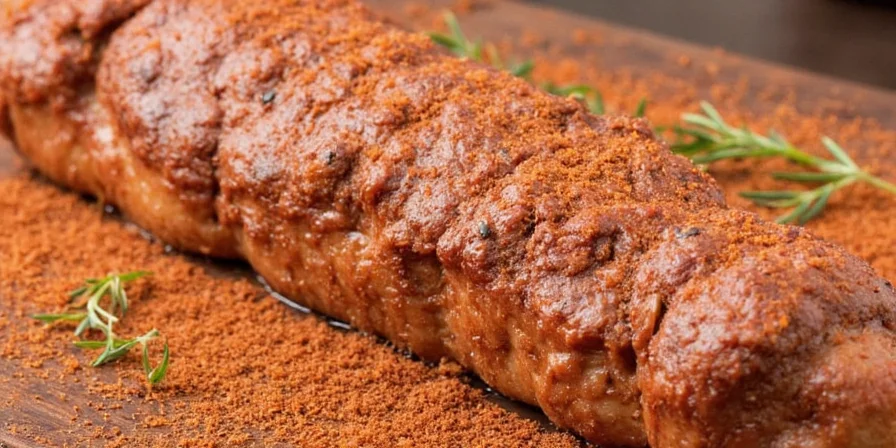
🍖 Pairing Your Rub with Meats & Sides
Not all meats are created equal when it comes to rub compatibility. Here’s your cheat sheet:
| Meat | Best KC Dry Rub Style | Side Dish Pairing |
|---|---|---|
| Brisket | Classic + coffee boost | Mac & cheese |
| St. Louis Ribs | Smokey + brown sugar heavy | Coleslaw |
| Chicken Wings | Spicy + garlic bomb | Blue cheese dip |
| Pork Shoulder | Mellow + onion-forward | Collard greens |
| Vegetarian Option | Sweet + smoky blend | Grilled portobello mushrooms |
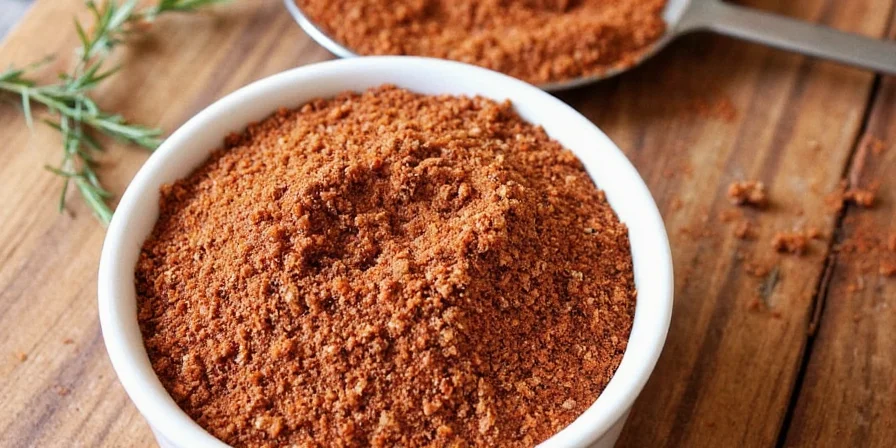
🧰 Pro Tips for Storing & Customizing
- Storage: Keep your dry rub in an airtight container away from light and heat — think pantry, not countertop.
- Customize: Play with ratios based on personal preference. Want more heat? Go heavier on chili. Love sweet notes? Brown sugar to the rescue.
- Label it: Write down your recipe mix so you can recreate your masterpiece again — trust us, you’ll want to.
- Batch it: Make big batches and store them for future grilling sessions. Saves time, ensures consistency.
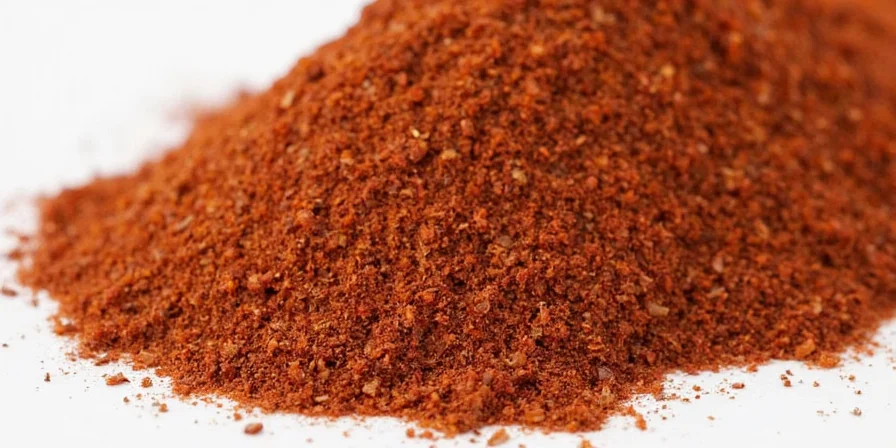
💡 Final Thoughts: Master the Rub, Master the Grill
Kansas City may have sauce on the menu, but the real star of the show is what happens before the bottle even hits the table. A great dry rub doesn’t just season — it transforms. It gives your meat character, complexity, and that coveted bark that makes pitmasters swoon.
So next time you fire up the smoker, remember: sometimes the best flavors come in dry form. Now go grab that spice jar and make some bark-worthy magic.
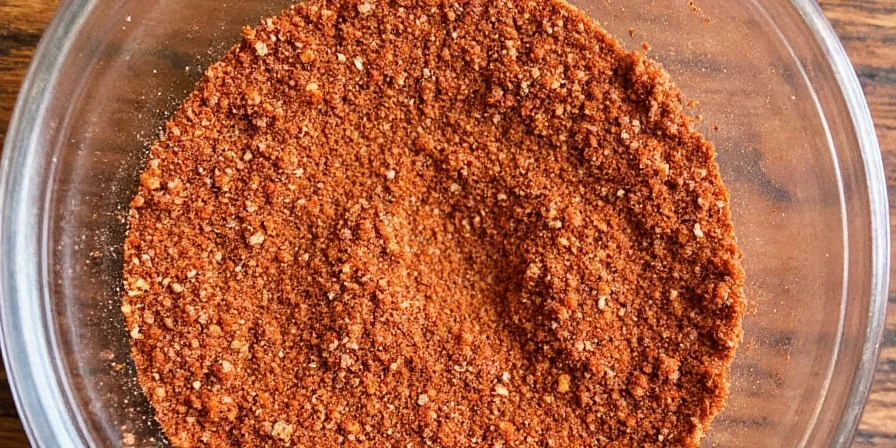
📚 Summary Recap
In this guide, we explored:
- What defines a Kansas City dry rub
- How the right blend creates unmatched flavor
- The essential ingredients and their roles
- How to apply like a pro
- Popular variations for adventurous cooks
- Common mistakes and how to avoid them
- Perfect pairings with meats and sides
- Smart storage and customization tips
With this arsenal of knowledge, your next backyard cookout could rival any BBQ joint in the Midwest. Now get out there and rub something delicious.

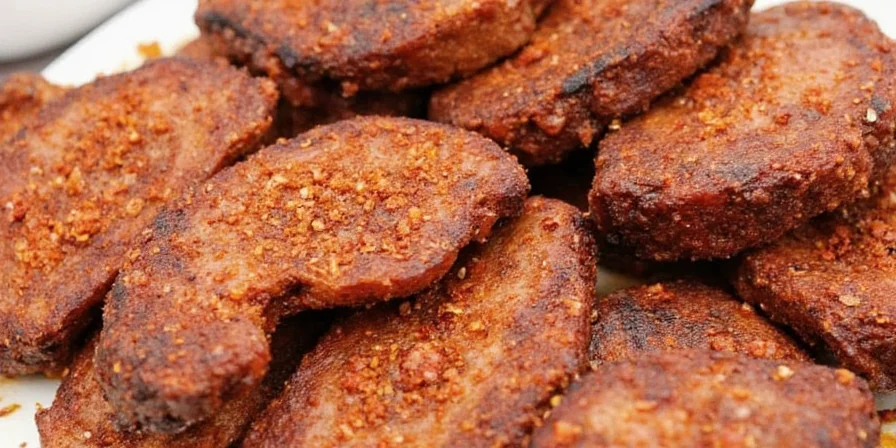









 浙公网安备
33010002000092号
浙公网安备
33010002000092号 浙B2-20120091-4
浙B2-20120091-4